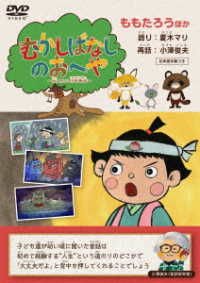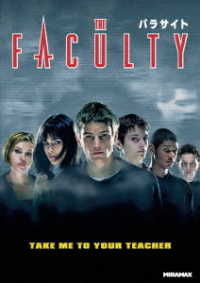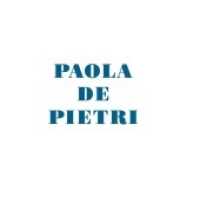- ホーム
- > 洋書
- > ドイツ書
- > Social Sciences, Jurisprudence & Economy
- > Social Sciences
- > social sciences in general
Full Description
Dead Sea: New Discoveries in the Cave of Letters is a multidisciplinary study of the Cave of Letters in the Nahal Hever of the Judean desert, a site reputed for having contained the most important finds evidencing the Bar Kokhba revolt, including the cache of bronzes found buried there and the papers of Babatha, one of the few direct accounts of the context of the Bar Kokhba revolt in the second century CE. Chapters by diverse scholars report on and discuss the ramifications of the 1999-2001 expedition to the site, the first organized archaeological activity there since the expeditions at Nahal Hever by Yigal Yadin in 1960-1961. Using advanced technological methodologies alongside more "traditional" archaeological techniques, the team explored several research hypotheses. The expedition sought to determine whether the material collected in the cave could substantiate the hypothesis that the cave was a place of refuge during both the Bar Kokhba revolt and the earlier Great Revolt against the Roman Empire. The expedition also researched the viability of a relatively long-term occupation of the cave while under siege by Roman forces, questioning whether occupants would have been able to cook, sleep, etc., without severely degrading the cave environment as a viable place for human habitation. The individual chapters represent the result of analysis by scholars and scientists on different aspects of the material culture that the expedition uncovered.
Contents
List of Figures - List of Abbreviations - Acknowledgements - Baruch A. Levine: Foreword - Philip Reeder/Richard A. Freund/Harry M. Jol/Carl E. Savage: Preface - Richard A. Freund: The 1999-2001 Acknowledgements and Summary of Research at the Cave of Letters - Amos Frumkin: Depositional Processes and Paleoenvironmental Implications of the Cave of the Letters and Other Rift-Shoulder Deposits - John (Jack) F. Shroder: Overview of New Geoarchaeological Discoveries in the Cave of Letters - Philip Reeder: Mapping the Cave of Letters - Harry M. Jol: Ground Penetrating Radar Subsurface Imaging within the Cave of Letters - Paul D. Bauman: Electrical Imaging and Metal Detection in the Cave of Letters - Philip Reeder: Microclimatic Variations and Patterns of Cave Use at the Cave of Letters - Richard A. Freund: Return to Locus 57y: A Re-Examination of Some of the Bronze Artifacts from Hall A of the Cave of Letters - Nicolae Roddy: The Niche of Skulls in the Cave of Letters - Carl E. Savage: First Century Occupation in the Cave of Letters? Results from the B/C Passage - Orit Shamir: Textiles, Threads and Cordage from the Cave of Letters—2000-2001 Excavations - Fred Strickert: The Meaning of Bar Kokhba Coins and Their Distribution - Walter C. Bouzard: The Date of the Psalms Scroll from the Cave of Letters - Adolfo D. Roitman: Archaeology, Museology, and Identity: The Display of the Cave of Letters Materials in the Shrine of the Book (1965-2004) - Nili Liphschitz: Dendroarchaeological Investigations at the Cave of Letters - Jan Gunneweg/Marta Balla: Provenance Determination of Some Selected Pottery Shards from the Cave of Letters by Instrumental Neutron Activation Analysis - Shachar Argov: Rock Breaking at the Cave of Letters - List of Contributors - Index.

![キミと僕の最後の戦場、あるいは世界が始まる聖戦 SeasonⅡ 下巻[Blu-ray] Blu-ray Disc](../images/goods/../parts/goods-list/no-phooto.jpg)





